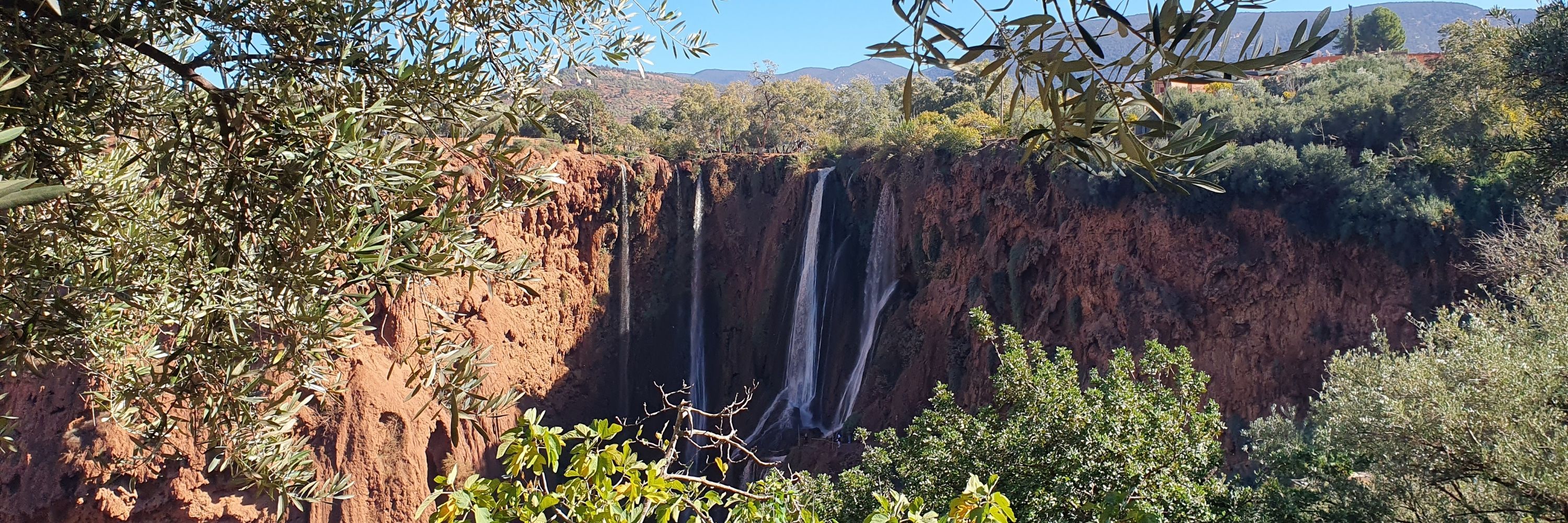
Dominique Bobeck
@dombobeck.bsky.social
Conlanger for The Gryphon, linguist (phonologist, morphologist), semitist, he/him, 30, based in Berlin, #langsky, friend of liberalism
I suppose you have modern Aramaic on your list? Such as Turoyo -no/-at (1SG/2SG) and more: ko-domaxno 'I'm sleeping', dəmxat 'you're sleeping'. Cf. Tur. ono 'I', hat 'you', cf. Syriac eno and att.
April 21, 2025 at 6:55 PM
I suppose you have modern Aramaic on your list? Such as Turoyo -no/-at (1SG/2SG) and more: ko-domaxno 'I'm sleeping', dəmxat 'you're sleeping'. Cf. Tur. ono 'I', hat 'you', cf. Syriac eno and att.
It's not that far. But I'd be surprised to see large effects, especially in the direction Canaanite > Akkadian. We also have to consider Amorite ...
April 9, 2025 at 11:35 AM
It's not that far. But I'd be surprised to see large effects, especially in the direction Canaanite > Akkadian. We also have to consider Amorite ...
True, but historically impossible. The word raḫāṣum is attested already in the Old Babylonian period, i.e. *before* it came into contact with Canaanite (which by the way borrowed more from Akkadian than vice versa). Source: Akkadisches Handwörterbuch, vol. 2.
April 9, 2025 at 10:15 AM
True, but historically impossible. The word raḫāṣum is attested already in the Old Babylonian period, i.e. *before* it came into contact with Canaanite (which by the way borrowed more from Akkadian than vice versa). Source: Akkadisches Handwörterbuch, vol. 2.
*rḥṣ̌ is actually a veeery old root in Semitic, cf. Akkadian raḫāṣu(m) 'to flood, wash'.
April 7, 2025 at 5:57 PM
*rḥṣ̌ is actually a veeery old root in Semitic, cf. Akkadian raḫāṣu(m) 'to flood, wash'.
A friend of mine, which originally introduced herself as Anna, uses her actual name now, too
March 30, 2025 at 9:34 AM
A friend of mine, which originally introduced herself as Anna, uses her actual name now, too
Universitat de Barcelona? Felt like King's Landing


March 18, 2025 at 11:57 AM
Universitat de Barcelona? Felt like King's Landing
Furthermore, I'd be glad to have another word for the Semitic language family. People sometimes get confused when I tell them I'm a Semiticist and work on Hebrew, Arabic, and other related languages. 😅
March 18, 2025 at 8:48 AM
Furthermore, I'd be glad to have another word for the Semitic language family. People sometimes get confused when I tell them I'm a Semiticist and work on Hebrew, Arabic, and other related languages. 😅
Talay, Shabo (2014), “The Mesopotamian-Levantine Dialect Continuum”. In: T. Davidovich, A. Lahdo and T. Lindquist (eds.): From Tur Abdin to Hadramawt. Semitic Studies Festschrift in Honour of Bo Isaksson on the occasion of his retirement. Wiesbaden: Harrassowitz Verlag 2014. S. 179 – 188.
March 14, 2025 at 4:05 PM
Talay, Shabo (2014), “The Mesopotamian-Levantine Dialect Continuum”. In: T. Davidovich, A. Lahdo and T. Lindquist (eds.): From Tur Abdin to Hadramawt. Semitic Studies Festschrift in Honour of Bo Isaksson on the occasion of his retirement. Wiesbaden: Harrassowitz Verlag 2014. S. 179 – 188.
It was a pleasure to listen to your talk in Barcelona!
March 11, 2025 at 8:28 PM
It was a pleasure to listen to your talk in Barcelona!
A picture from today just a few minutes ago.
📍Berlin
📍Berlin

March 1, 2025 at 6:13 PM
A picture from today just a few minutes ago.
📍Berlin
📍Berlin
You can see that word-final vowel shortening and vowel elision stand in a "feeding" relationship.
March 1, 2025 at 3:15 PM
You can see that word-final vowel shortening and vowel elision stand in a "feeding" relationship.
Good question! In Biblical Aramaic, it's precisely what you'd expect: kiþvaþ! In Syriac, reanalysis desoftens the 3rd radical. In a synchronic picture, the -et/-aþ morpheme must be extended by the floating feature [-continuant].
March 1, 2025 at 11:33 AM
Good question! In Biblical Aramaic, it's precisely what you'd expect: kiþvaþ! In Syriac, reanalysis desoftens the 3rd radical. In a synchronic picture, the -et/-aþ morpheme must be extended by the floating feature [-continuant].
1. Wordfinal vowel shortening and spirantisation: /ka.ta.bū/ -> [ka.þa.vu]
2. Stress: moraic trochee L<-R: /ka.þa.vu/ -> [ka.('þa.vu)
3. Vowel elision: /ka.('þa.vu)/ -> [k.('þav)]
2. Stress: moraic trochee L<-R: /ka.þa.vu/ -> [ka.('þa.vu)
3. Vowel elision: /ka.('þa.vu)/ -> [k.('þav)]
March 1, 2025 at 11:30 AM
1. Wordfinal vowel shortening and spirantisation: /ka.ta.bū/ -> [ka.þa.vu]
2. Stress: moraic trochee L<-R: /ka.þa.vu/ -> [ka.('þa.vu)
3. Vowel elision: /ka.('þa.vu)/ -> [k.('þav)]
2. Stress: moraic trochee L<-R: /ka.þa.vu/ -> [ka.('þa.vu)
3. Vowel elision: /ka.('þa.vu)/ -> [k.('þav)]
*ka.'ta.bu is what I'd do, yes. CVC & CVV equally attract stress. The emphaticus ending -ā is trimoraic in this approach.
February 28, 2025 at 4:05 PM
*ka.'ta.bu is what I'd do, yes. CVC & CVV equally attract stress. The emphaticus ending -ā is trimoraic in this approach.
That's the missing piece in the puzzle! 😃
February 28, 2025 at 12:25 PM
That's the missing piece in the puzzle! 😃
It has some similarities to the talk at the DOT 2022 in Berlin. But now, I can see the full picture 😅. By the way, this thread was a great opportunity for me, to prepare myself for Thursday 🙏🏽
February 28, 2025 at 12:25 PM
It has some similarities to the talk at the DOT 2022 in Berlin. But now, I can see the full picture 😅. By the way, this thread was a great opportunity for me, to prepare myself for Thursday 🙏🏽
Maybe even ['ekal] 'he ate' <- /'kal/ <- /'akal/. (Sorry for don't typing begadkefat.)
February 28, 2025 at 12:13 PM
Maybe even ['ekal] 'he ate' <- /'kal/ <- /'akal/. (Sorry for don't typing begadkefat.)

